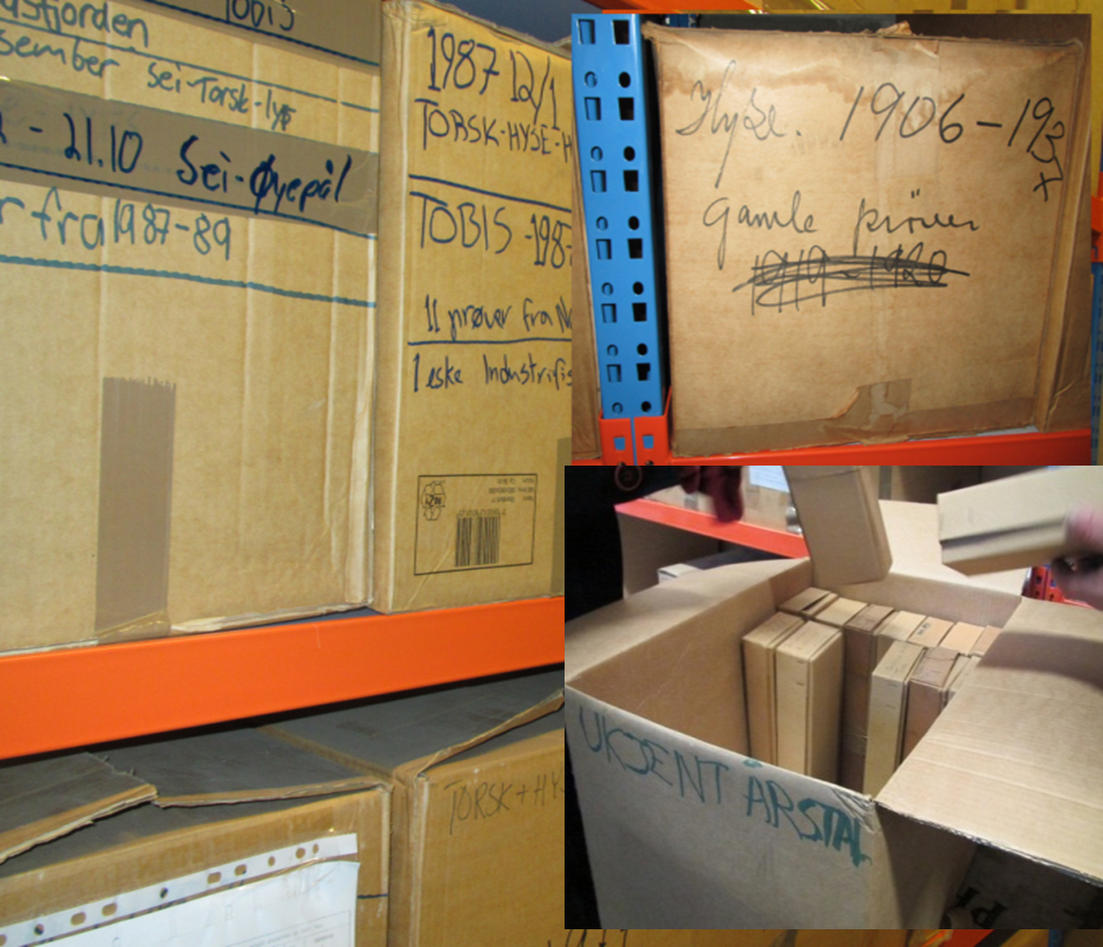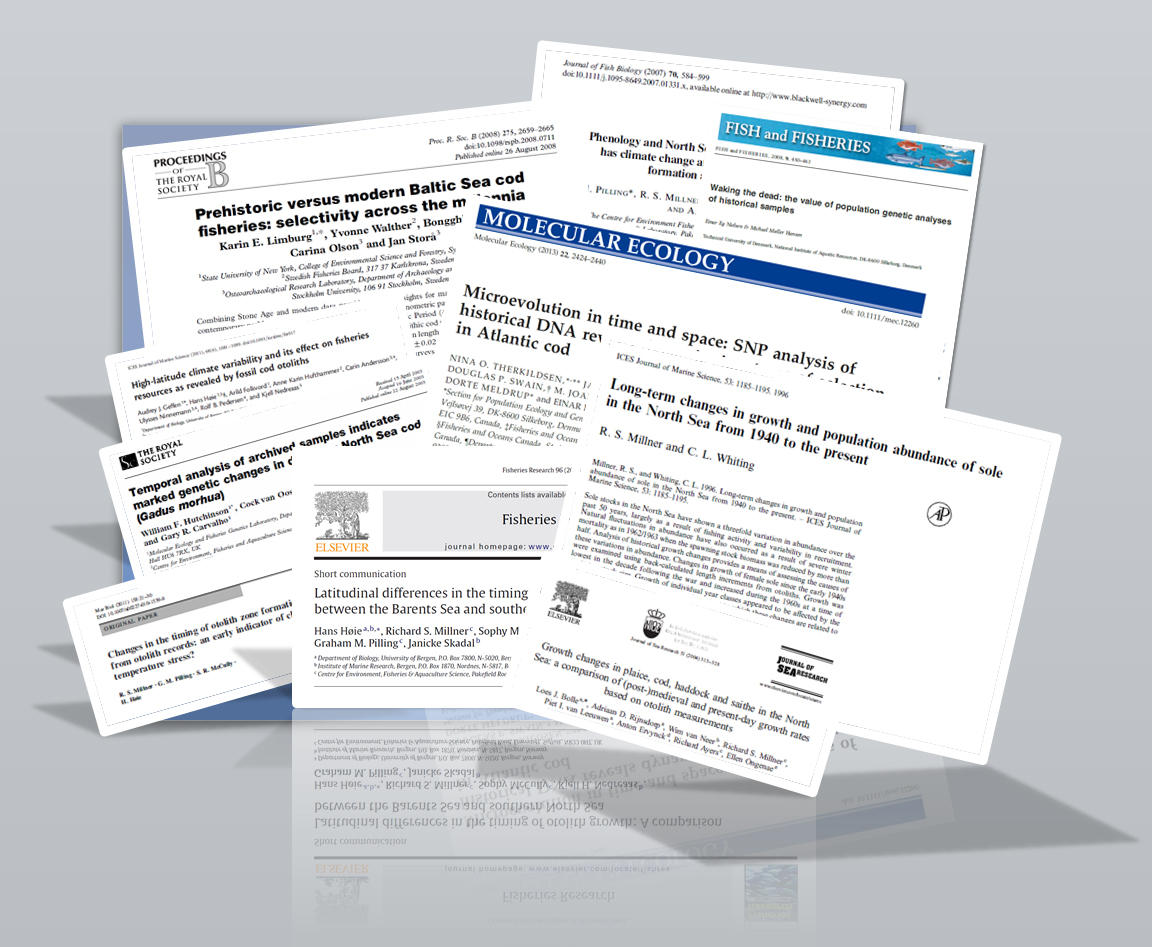Needed: systematic archives for otoliths
Fish ear bones (otoliths) provide important information about not only fish age and growth, but also about the environment during the lifetime of the fish.

Hovedinnhold
Otoliths: They don’t decay. They don’t weigh a lot. They don’t leak or evaporate. They represent an invaluable data resource for a number of research areas. BUT they do need to be properly catalogued and stored. Straightforward protocols need to be established for their use. There needs to be a consolidated, systematic, national - even cross-national – plan for archiving otolith collections.
BIO researchers have used otoliths in studies of fish populations for many (too many!?) years. Professors Arild Folkvord and Audrey Geffen (FØH) are leading experts in the field, applying otolith analyses to questions of selective mortality, reproductive biology, migration, population structure, climate change, as well as age and growth.
The value of otoliths, and other potential bioarchives such as mollusc shells and mammal teeth, is the focus of an informal group at UiB and IMR known as the “Hard Rock Café”. The importance of the group’s research activity using biochronology tools is underlined as it now forms part of the MATNAT Faculty’s new Marine Strategy.
Professors Audrey Geffen and Beatriz Morales-Nin have recently written a review about the need to support the development and maintenance of systematic otolith archives that could encompass the many ad-hoc otoliths collections that can be found around the world today. They point out that archive systems have already been developed for a number of kinds of biological materials, such as tissue samples, biobanks etc. This experience could be applied to establishing otolith archives.
Their article, “Fish otoliths: National treasures that can enrich [ICES] science” provides basic information about what otoliths are, how they form, what kinds of data can be extracted from otoliths, and how to extract this data. It also makes valuable suggestions about the resources and protocols needed for an otolith archive.
They conclude with an invitation to the 5th International Otolith Symposium, which will be held in Mallorca, Spain, 20-24 Oct. 2014.


